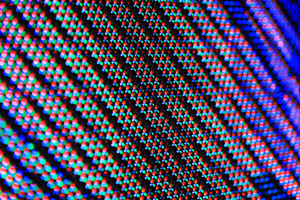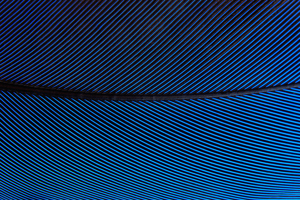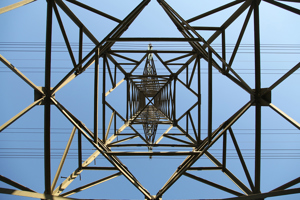Can linking to copyright material be restricted? Yes - clarity at last.
In the recent judgment in the case of VG Bild-Kunst and Stiftung Preußischer Kulturbesitz (C-392/19), the Court of Justice of the European Union (the “CJEU”) held that a copyright owner could indeed restrict linking to material by using technological methods imposed by contractual obligations.
A brief look at the law:
Under Article 3 of the InfoSoc Directive (Directive 2001/29/EC), “Member States shall provide authors with the exclusive right to authorise or prohibit any communication to the public of their works, by wire or wireless means, including the making available to the public of their works in such a way that members of the public may access them from a place and at a time individually chosen by them.”
Article 6(1) of the InfoSoc Directive provides “Member States shall provide adequate legal protection against the circumvention of any effective technical measures, which the person concerned carries out in the knowledge, or with reasonable grounds to know, that he or she is pursuing that objective.”
It has been established in previous CJEU decisions that providing access to a copyright work which circumvents technological measures put in place by the rights holder will be considered a communication to a new public not originally considered by the copyright owner. Yet there has been uncertainty as to whether such communications can be restricted by the copyright owner via contractual restrictions. This issue was effectively addressed in this case.
Background:
A dispute arose between VG Bild-Kunst and Stiftung Preußischer Kulturbesitz (SPK), where under a licence between the parties, SPK was permitted to display thumbnails of VG Bild-Kunst works.
Within the licence, VG Bild-Kunst required SPK to use technical means to restrict third parties from using those thumbnails displayed on SPK’s website, on their third party websites (i.e. to prevent further framing from VG Bild-Kunst’s website). This was contested by SPK as being unreasonable, particularly given the costs of adopting such technical measures and that the licence granted to them to use VG Bild-Kunst’s material, should not contain such an obligation.
Originally, the German court ruled that framing did not count as a communication to the public under copyright law and that SPK’s licence should be free of the obligation to implement technological measures to prevent third party framing of the works. VG Bild-Kunst then appealed, arguing that framing should be regarded as an act of communication to the public and that they should have the right to restrict further use of the work once licenced to SPK. The question was ultimately referred to the CJEU.
Decision:
The CJEU observed that the display of the thumbnails of the copyright works on SPK’s website did indeed constitute an act of communication, within the meaning of Article 3 of the InfoSoc Directive. However, the key question was to ascertain whether framing of protected works on a third party website that were available on another website authorised by the copyright owner, constituted a communication of those works to the public if access to those works bypassed any protective measures imposed by the copyright owner.
The CJEU highlighted that ‘communication to the public’ within the meaning of Article 3 of the InfoSoc Directive should be interpreted in the broad sense, as is highlighted in the Directive’s Recital 23 - it should be interpreted to cover all communications to the public, which are not in place where the communication originates. As such, transmission and re-transmission of a work (whether by wire or wireless means) is included.
The Court focussed on the acts of VG Bilk-Kunst in this case. The Court said that as VG Bilk-Kunst had provided authorisation to SPK to display the thumbnails on their website, with the obligation to adopt technical measures to prevent third parties from using the thumbnails on their website, any link circumventing that protection from the technical measures would fall within Article 3 of the InfoSoc Directive. Consequently, as the licence obliged SPK to adopt technical measures to restrict framing of the work from third party websites, any additional framing other than that from the original website and that of SPK would constitute a subsequent communication, which would have to be authorised by the copyright owner.
Considering the above, the CJEU held that ‘the embedding, by means of the technique of framing, in a third party website page, of works that are protected by copyright and that are freely accessible to the public with the authorisation of the copyright holder on another website, where that embedding circumvents measures adopted or imposed by that copyright holder to provide protection from framing, constitutes a communication to the public within the meaning of that provision.’
Commentary:
Copyright owners should be encouraged by this judgment as this case has provided judicial clarity on the restriction of links to protected copyright works, including enabling a copyright owner to restrict linking by way of contract (specifically, by imposing technological measures against framing by third parties). Having said that, caution should be taken as the CJEU emphasised that such a restriction of a link to protected work can only be made by adopting technical measures within the meaning of Article 6(1) and (3) and not therefore by other means. This is to ensure legal certainty and the smooth functioning of the internet (as in the absence of such measures, it might prove difficult, particularly for individual users, to ascertain whether the rights holder intended to oppose the framing of his or her works or not).
For more information please contact Anna Sowerby.







































